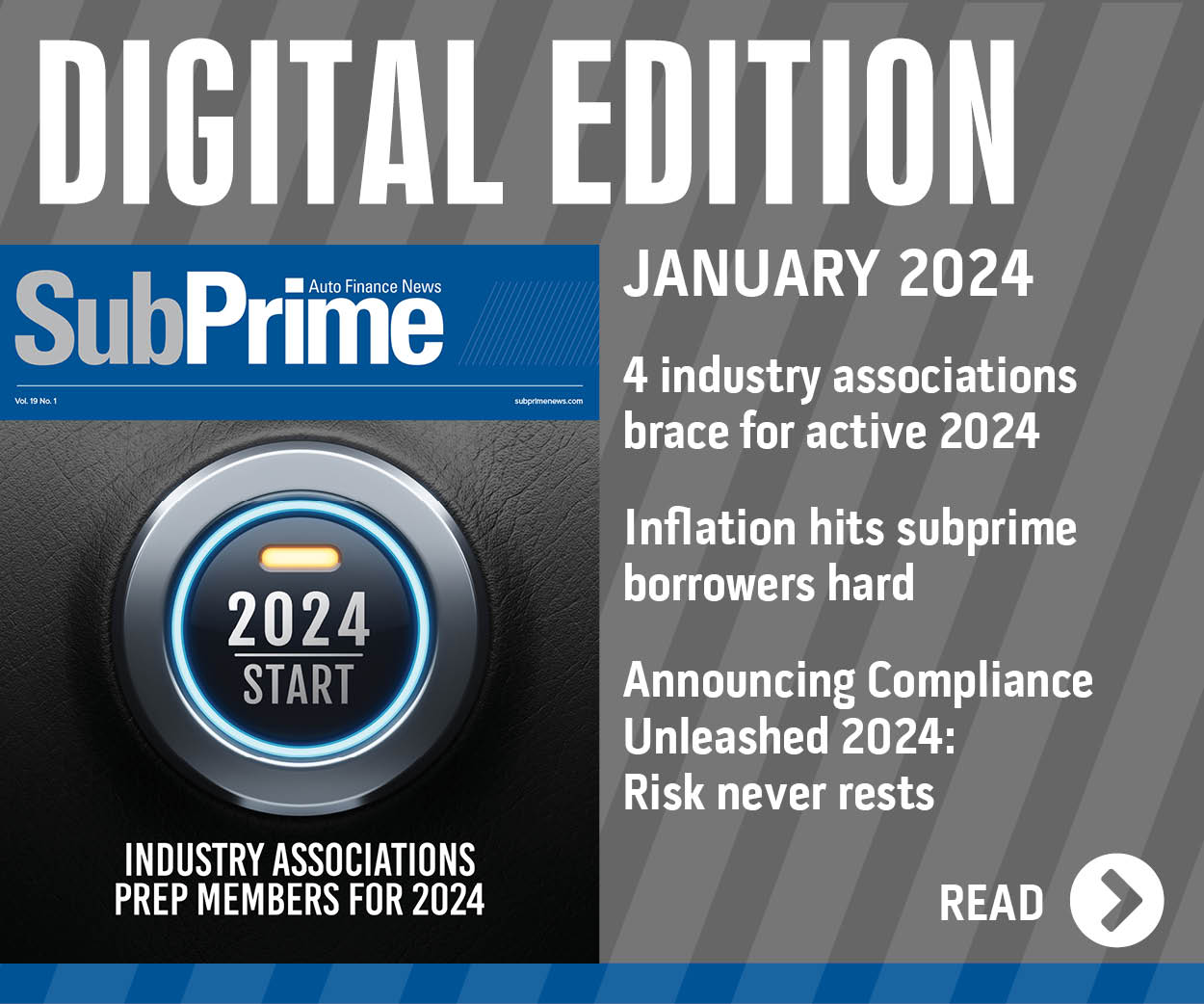Study: 61% of consumers still live paycheck to paycheck

With Gen Z becoming a growing part of the segment, findings surfaced this week from the 25th edition of the New Reality Check: Paycheck-To-Paycheck research series orchestrated by LendingClub Corp. in partnership with PYMNTS.
The research showed that 61% of U.S. consumers lived paycheck to paycheck in July, which was unchanged from June. But the new reading was 2 percentage points higher than July 2022.
Among these individuals, LendingClub said the number struggling to meet bill payments remains at 21% since June, which represents an increase of 2 percentage points from a year ago but is consistent with the 2021 and 2020 data.
Generally, the research determined more consumers of all income brackets reported living paycheck to paycheck in July than last year.
“The data indicates the persistent financial challenges and inflationary pressures a significant portion of the U.S. population faces,” LendingClub said in a news release.
The series draws on insights from a survey of 3,443 U.S. consumers conducted from July 5 to July 20, as well as an analysis of other economic data.
Researchers said a “staggering” 16 million U.S. consumers — slightly more than 10% of the paycheck-to-paycheck U.S. population — claim that nonessential spending is the primary reason they are trapped in the paycheck-to-paycheck cycle.
LendinClub found that 21% of paycheck-to-paycheck consumers cite nonessential spending as one reason — but not the top reason — for their financial lifestyle.
Experts explained this means that about 6% of the U.S. adult population can be considered “discretional” paycheck-to-paycheck consumers, as their financial lifestyle is due to nonessential spending, while 13% of U.S. consumers live paycheck to paycheck at least partly because of nonessential spending.
Nonessential spending is not limited to those living paycheck to paycheck, according to LendingClub.
The new data indicated that 74% of consumers admit to including “nice-to-have” items in their grocery carts at least some of the time, and 70% say the same for their retail purchases.
LendingClub went on to mention nonessential spending emerged as a prominent issue for younger consumers, particularly among members of Gen Z.
The new research determined 29% of Gen Z consumers living paycheck to paycheck cite nonessential spending as one of the factors contributing to their financial distress, with 15% citing it as the top factor, marking them the most affected demographic.
In contrast, only 12% of baby boomers and seniors in similar financial situations attribute nonessential spending as a factor for their struggles, according to LendingClub.
Researchers also discovered the likelihood of citing nonessential spending as a reason for living paycheck to paycheck decreases with age, making younger consumers more vulnerable to its adverse effects.
The study showed that male consumers are slightly more likely than female consumers to attribute their financial strain to nonessential spending.
“With ongoing inflation requiring consumers to tighten their belts, nonessential spending can mean the difference between living paycheck to paycheck or not,” LendingClub money expert Alia Dudum said in the news release. “It’s prudent for all consumers — especially those in younger generations who are more apt to indulge in nonessential spending — to regularly assess their spending habits and remain mindful of the compounding effect nonessential spending can have on their overall financial stability.
“If not careful, this type of frequent spending behavior can quickly snowball into bigger and lasting debts,” Dudum went on to say.
To view the full report, go to this website.

 View The Latest Edition
View The Latest Edition

